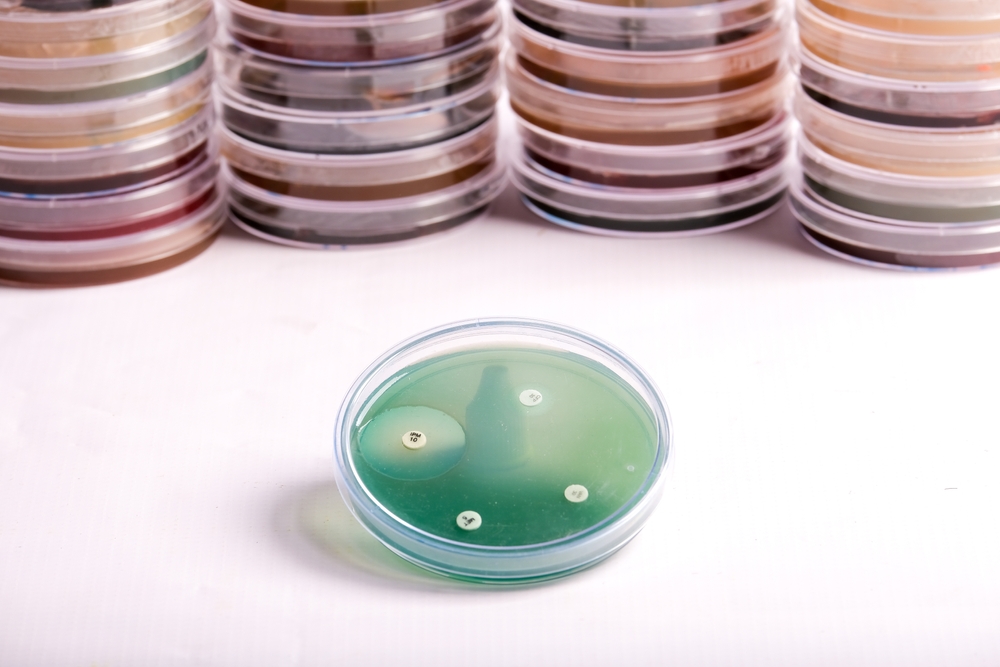Understanding the Problem and Exploring Solutions
Antimicrobial resistance (AMR) is a global threat to animal health, welfare, and food security. The use of antibiotics in the animal industry has contributed to the emergence and spread of resistant bacteria, , making it more difficult to treat infectious diseases in both animals and humans. In this article, we will discuss the current state of AMR in the animal industry, its impact, and measures that can be taken to mitigate the problem.
A Growing Concern
Antimicrobial resistance is a growing concern in the animal industry, and resistance rates are increasing. According to a study by the World Organisation for Animal Health (OIE), the use of antimicrobials in livestock is expected to increase by 67% by 2030, which will further exacerbate the problem of AMR (OIE, 2020). In addition, data from the European Union shows that a high percentage of bacteria isolated from food-producing animals are resistant to antimicrobials (ECDC/EFSA/EMA, 2020).
Impact of AMR on the Animal Industry
The impact of AMR on the animal industry is multifaceted. It affects animal health and welfare, the environment, and food safety. Resistant bacteria can cause infections in animals that are difficult to treat, leading to prolonged suffering and increased mortality rates (WHO, 2018). Moreover, the spread of AMR can contaminate the environment and food products, posing a risk to public health. The economic costs of AMR in the animal industry are estimated to reach $6.5 billion annually by 2050 (O’Neill, 2014).
How to Identify Antimicrobial Resistance
Identifying antimicrobial resistance (AMR) is a critical step in combatting its spread in the veterinary industry. Some of the methods used to identify AMR in animals include:
- Antimicrobial susceptibility testing
Antimicrobial susceptibility testing (AST) involves testing the ability of bacteria to grow in the presence of antibiotics. This can be done through different methods, including disk diffusion, broth microdilution, and automated systems. The AST results can help determine the susceptibility of bacteria to different antibiotics and inform the selection of appropriate treatment.
- Molecular methods
Molecular methods, such as polymerase chain reaction (PCR) and whole-genome sequencing, can be used to identify resistance genes in bacterial isolates. These methods can provide information on the genetic basis of resistance and help to identify emerging resistance patterns.
- Surveillance programs
Surveillance programs can be established to monitor the prevalence and distribution of resistant bacteria in animals, food products, and the environment. These programs can involve collecting and analyzing data from different sources, including animal samples, food products, and wastewater.
- Clinical signs of treatment failure
The clinical signs of treatment failure can also be an indication of AMR in animals. If an animal does not respond to antibiotic treatment as expected, this may indicate the presence of resistant bacteria. In such cases, further testing, such as AST or molecular methods, may be necessary to confirm the presence of resistance.
Measures to Mitigate AMR in the Animal Industry
Several measures can be taken to mitigate the problem of AMR in the animal industry. These include:
- Reducing the use of antimicrobials in animal production
The use of antibiotics in the animal industry should be minimized, and alternative approaches to disease prevention and control should be promoted. For example, vaccination, improved hygiene, and biosecurity measures can help reduce the need for antimicrobials.
- Implementing responsible use of antimicrobials
When antimicrobials are used, it is essential to use them responsibly. This includes ensuring that antibiotics are only used when necessary, using them at the correct dose and duration, and avoiding the use of critically important antimicrobials.
- Surveillance and monitoring of resistance
Surveillance programs can be established to monitor the prevalence and distribution of resistant bacteria in animals, food products, and the environment. This can help to identify emerging resistance patterns and inform the selection of appropriate treatment.
- Education and Awareness
Education and awareness campaigns can promote the responsible use of antimicrobials in the animal industry. This can involve providing information to farmers, veterinarians, and other stakeholders on the risks of AMR, alternative approaches to disease prevention and control, and the importance of responsible use of antimicrobials.
In conclusion, the overuse and misuse of antibiotics in animal production have contributed to the emergence and spread of antibiotic-resistant bacteria. Antimicrobial resistance poses a significant challenge to the animal industry, and its impact is wide-reaching. AMR can be slowed, and animal health, welfare, and food security can be protected by identifying and responding to resistance patterns on time, along with a more responsible use of antimicrobials. This is a critical issue that needs to be addressed immediately before it becomes a threat that is much more serious in the future.






